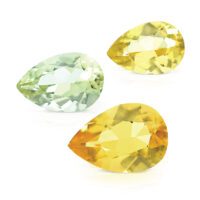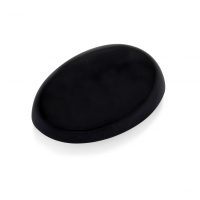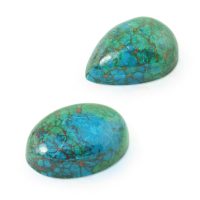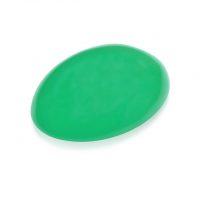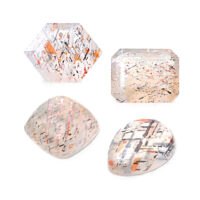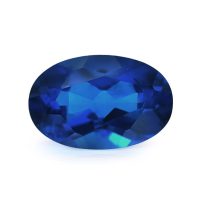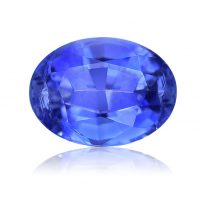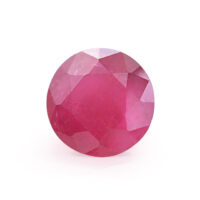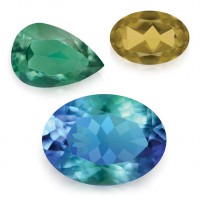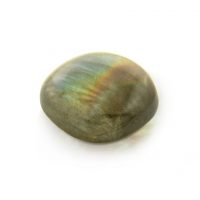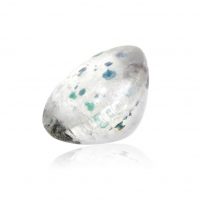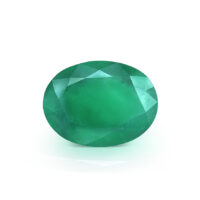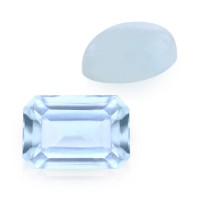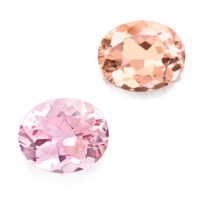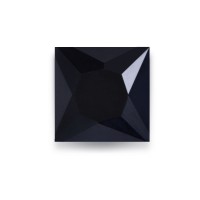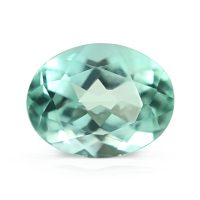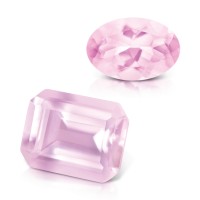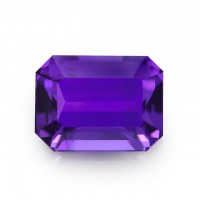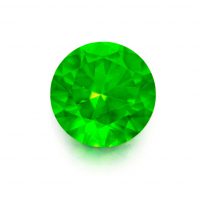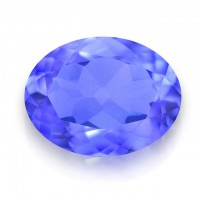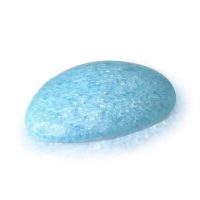

Rift Valley Rhodolite are beautiful, deep purple gemstones from East Africa’s Great Rift Valley, one of the greatest gem deposits on Earth. The ‘Queen of Garnet’s, Rift Valley Rhodolite Rhodolite’s rich rhododendron purplish-red hues define their unique appeal.
Hardness 7 - 7.5
Refractive Index 1.760
Relative Density 3.62 - 3.87
Enhancement None
Beauty
If Garnets are the ‘Queen of Gemstones’, then Rift Valley Rhodolite is arguably the ‘Queen of Garnets’. Rhodolite looks very different to the ‘classic’ Garnet reds, coming in combinations of pink, red and purple. Uniquely beautiful, the major value determinants for Rhodolite when compared to its Almandine and Pyrope cousins are its deep purples and a high level of transparency that results in good brilliance.
Rift Valley Rhodolite’s rich rhododendron purplish-red hues of a medium tone (without any brownish tints) are lively, immediately noticeable and command your full attention. Good cutting accentuates their transparency and every gem is finished eye-clean, the highest quality clarity grade for colored gemstones, with an attractive shape and overall appearance.
Commercial color prefixes and names are sometimes used to describe certain Rhodolite color varieties. Aside from Rift Valley Rhodolite, other examples include, Raspberry Rhodolite (a fine purplish-pink resembling the fruit) or Grape Garnet® (named for its intense purple red reminiscent of fine merlot or cabernet wine).
Used in adornment for over 5,000 years, Garnets were popular in ancient Egypt from around 3100 BC, being used as beads in necklaces as well as inlaid jewelry (gems set into a surface in a decorative pattern). Garnet’s many myths frequently portray it as a symbol of light, faith, truth, chivalry, loyalty and honesty.
In Judaism, a Garnet is said to have illuminated Noah’s Ark and Garnet (carbuncle) was also one of the gems in the ‘breastplate of judgment’ (Exodus 28:15-30), the impetus for birthstones in Western culture. Crusaders considered Garnet so symbolic of Christ’s sacrifice that they set them into their armor for protection. In Islam, Garnets illuminate the fourth heaven, while for Norsemen, they guide the way to Valhalla. A Grimm’s fairy-tale even tells of an old lady, who upon rescuing an injured bird was rewarded for her kindness with a Garnet that glowed, illuminating the night.
Rhodolite was discovered in 1882 in Macon County, North Carolina and was named by the legendary gem adventurer, George Frederick Kunz, after its color resemblance to the mountain rhododendron (Rhododendron Catawbiense) that grows in North Carolina. Deriving its name from the Greek ‘rhodo’ (rose) and ‘lithos’ (stone), Kunz described Rhodolite as, “pale rose-red inclining to purple like that of certain roses and rhododendrons”. January’s birthstone, Garnet’s name is derived from the Latin ‘granatus’ (from ‘granum’, which means ‘seed’) due to some Garnets’ resemblance to pomegranate seeds. Coming in blues, chocolates, greens, oranges, pinks, purples, reds and yellows, Garnets are a group of minerals possessing similar crystal structures, but varying in composition, giving each type different colors and properties.
Rarity
Like some other Garnets, Rhodolite is a mixture of two different ‘pure’ types; a naturally occurring blend of Almandine and Pyrope. While the original American deposit was exhausted by 1901, Rhodolite had actually been mined in Sri Lanka for over 2,000 years. Today, the main sources for Rhodolite are Brazil, India, Kenya, Madagascar, Malawi, Sri Lanka, and Tanzania.
Rift Valley Rhodolite comes from mines 100 kilometers southwest of Lodwar, close to the Ugandan border, in the Turkana District of Kenya’s Rift Valley Province. One of the most popular Garnets, Rhodolite of a high quality (good color with a high transparency) is challenging to consistently obtain. Rift Valley Rhodolite is also a totally natural gemstone and not enhanced or treated in anyway.
Durability & Care
Rift Valley Rhodolite (Mohs’ Hardness: 7 – 7.5) is an excellent choice for everyday jewelry. Rift Valley Rhodolite should always be stored carefully to avoid scuffs and scratches. Clean with gentle soap and lukewarm water, scrubbing behind the gem with a very soft toothbrush as necessary. After cleaning, pat dry with a soft towel or chamois cloth.
Map Location

Click map to enlarge






